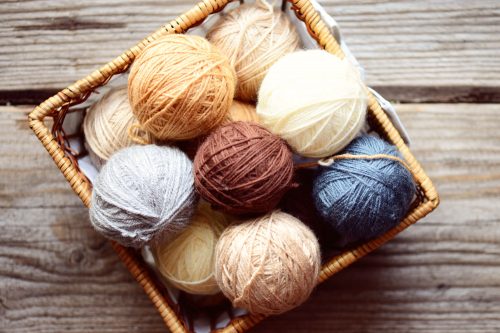You probably wonder if you can use wood glue to fill gaps and holes. We have got you covered. We researched all about wood glue and have answers for you.
You can use wood glue to fill in gaps and holes. It is versatile in the woodworking world. Wood glue is transparent when dry, and it dries relatively quickly.
Keep reading to learn about the differences between wood glue and wood filler, whether or not you can fill gaps with wood glue, etc.

Can you use wood glue as a filler?
Yes, you can use wood glue as a filler. Some liquid wood glues are too runny, though. You need one that is more like putty, such as epoxy. If your wood glue is not thick enough, you can mix sawdust with glue and make your own filler.
Epoxy works well when the hole or gap is shallow and wide. That is because it is not runny. It is thick and will not run into narrow spaces like a thinner wood glue will. The thing to be aware of when working with epoxy is that it can not be sanded or painted the way other wood glue can.
You can use wood glue to cover up the screw holes in your wood. For instance, if you are making a wood table, you might have screw holes going into the wood to attach the legs to the table. If you use a mixture of sawdust and wood glue, the space will look like wood once it has dried.
Wood Glue vs. Wood Filler
Whatever wood glue you need can be purchased at any hardware store around. You can find wood filler in the same stores where you buy wood glue. The main difference is that wood filler already has fibers of wood or sawdust in it. If you want to make your own wood filler, you can do so fairly easily.

One other big difference between wood glue and wood filler is that wood filler is made for indoor use and can not withstand harsh weather. It works best when the hole does not go through the wood to the other side. Wood filler is not extremely thick, but it can be used for bigger holes if need be.
Click here to see this wood filler on Amazon.
Wood putty is another option. It is quite a bit thicker than wood filler. It is weatherproof, much like Epoxy. The issue is that wood putty takes a significantly longer time to dry than other wood glue. It also has the potential to damage raw wood and can change colors when it dries, so it depends on your circumstances whether or not you want to try wood putty instead.
How do you make your own wood filler?

All you need to do is combine sawdust with wood glue. This mixture can fill in gaps, holes, or cracks in the wood. The hole does not have to go all the way through the wood for you to be able to use wood glue. You do not have to worry about the glue running through the bottom of the table if the hole does not completely go through the wood.
Whenever you make wood filler this way using sawdust, you should double-check that the sawdust and wood you are working with are the same color. In other words, pine sawdust should be used when building a table out of pine.
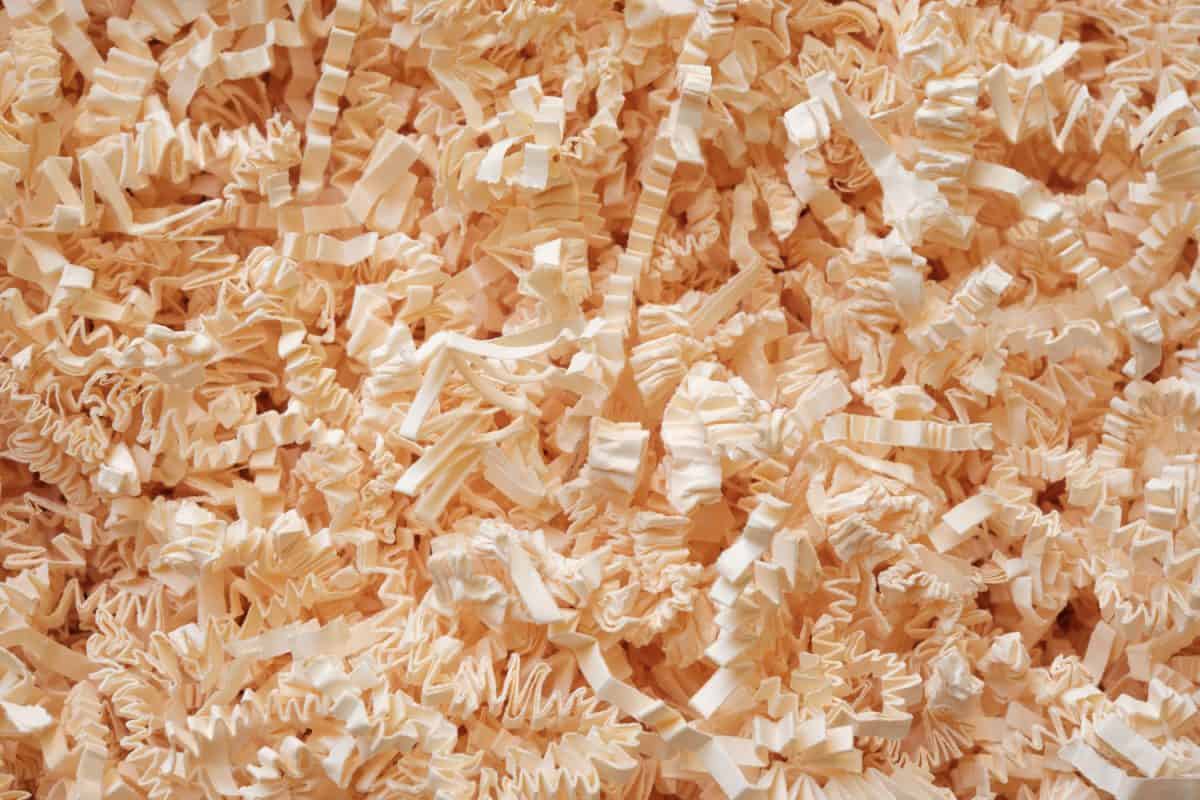
Something cool to note about wood glue is that it can be sanded and painted. Once you have sanded wood glue down to flush with the wood on your project, it won't be easy to notice.
Is wood glue good for filling gaps?
Yes, wood glue will work for filling in gaps and cracks in wood. It dries clear, so you most likely will not even notice it. The wood glue is even less noticeable if you sand it after it has had time to dry.
How big of a gap can wood glue fill?
You can fill a gap that is 1/16 inch with epoxy but not with wood glue alone. You must do this the right way if you want the results you are going for. As long as you have the materials needed, there is more potential than many people realize.
Surprisingly, you can fill any size hole with wood filler or wood putty. All you need to do is use tape across the bottom of the hole with a thin piece of cardboard or wood. After that, you can fill the space with wood filler and let it dry.
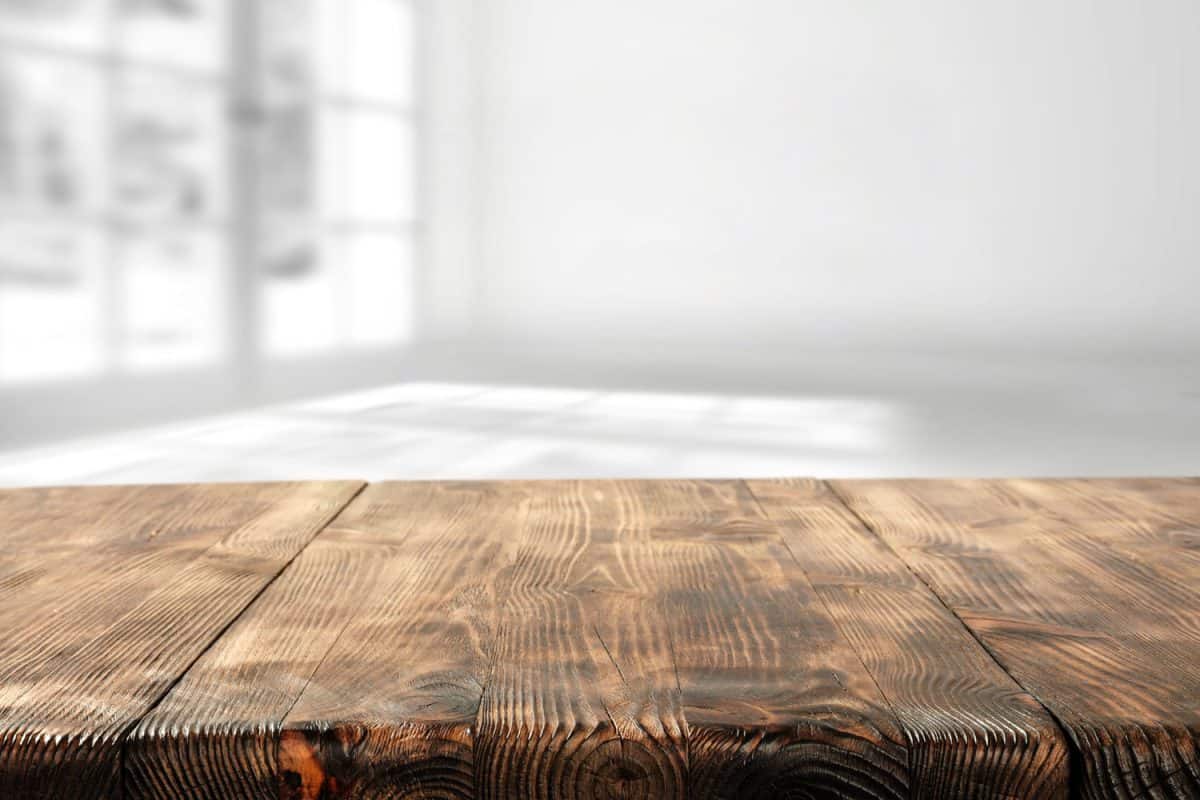
Wood glue shrinks slightly as it dries. If the hole you filled is not full once the wood glue or wood filler has dried, you can add more to the top.
What wood glue is best at filling gaps?
Hands down, epoxy is number one on the list for filling gaps. When it dries, it thickens and becomes more like putty than liquid. If you are making your own wood filler to fill in gaps, you should use a 1:1 ratio of wood glue to sawdust.
Wood putty is another option for filling a gap or hole. Finished wood is what you use wood putty for. Unlike wood filler, wood putty can not be sanded.
For anything outdoors, you should use wood putty. We say this because wood putty is oil-based. Wood filler is water-based, though. For projects meant to stay indoors, wood filler will work just fine.
Click here to see this product on Amazon.
Is wood glue stronger than wood?
Yes, wood glue is stronger than wood. Typically, wood has a PSI of somewhere between 200 PSI and 1000 PSI. Wood glue can withstand more pressure at 3000 to 4000 PSI. It is crazy when you think about it, but wood glue is extremely strong after it dries.

There are several choices when it comes to strong and durable wood glue. Titebond is up there on the list, and Gorilla Wood Glue is polyurethane-based. Wood glue soaks into the wood fibers, reinforcing it and making it stronger.
It is important to note that polyurethane glue is not as strong as wood glue. Wood glue has been made specifically for wood. Two-part epoxy is extraordinarily strong.
What are the advantages of wood glue?

There are a few advantages to working with wood glue. It is easy to use and dries reasonably quickly. Give your project twenty-four hours for the wood glue to fully cure. This will ensure the wood glue does not get disturbed upon moving your project or removing a clamp. Keep in mind wood glue dries before it is finished curing.
Another advantage to using wood glue is that it is a powerful adhesive. It allows for extremely strong connections from edge grain to edge grain. Some types of wood glue are waterproof, which is perfect for outdoor use.
Wood glue can be sanded after it has dried. This is great because you want your projects to feel complete. Sanding wood is an essential part of woodworking, so the fact that wood glue can be sanded is awesome. 150 grit sandpaper will work well for this mission.
Click here to see this sandpaper on Amazon.
When should you not use wood glue?
You should not use wood glue whenever there is already a topcoat on top of the wood. The wood that you use wood glue on should be raw. If you want to adhere two pieces of glue together that have already been sealed, you can sand them down before adding the wood glue.
Any time wood is going to be moved a lot, or the pieces you have glued together are going to get bent, wood glue is not the best choice. It needs time to dry before you move your project. Wood glue permanently bonds wood joints together, so you need to be sure you want to stick with your decision before starting.
Another instance in which you should not use wood glue is for wood that has been stained or painted. This is why you should not use wood glue on wood that has already been sealed. If you do, sand it first.
To Wrap It Up
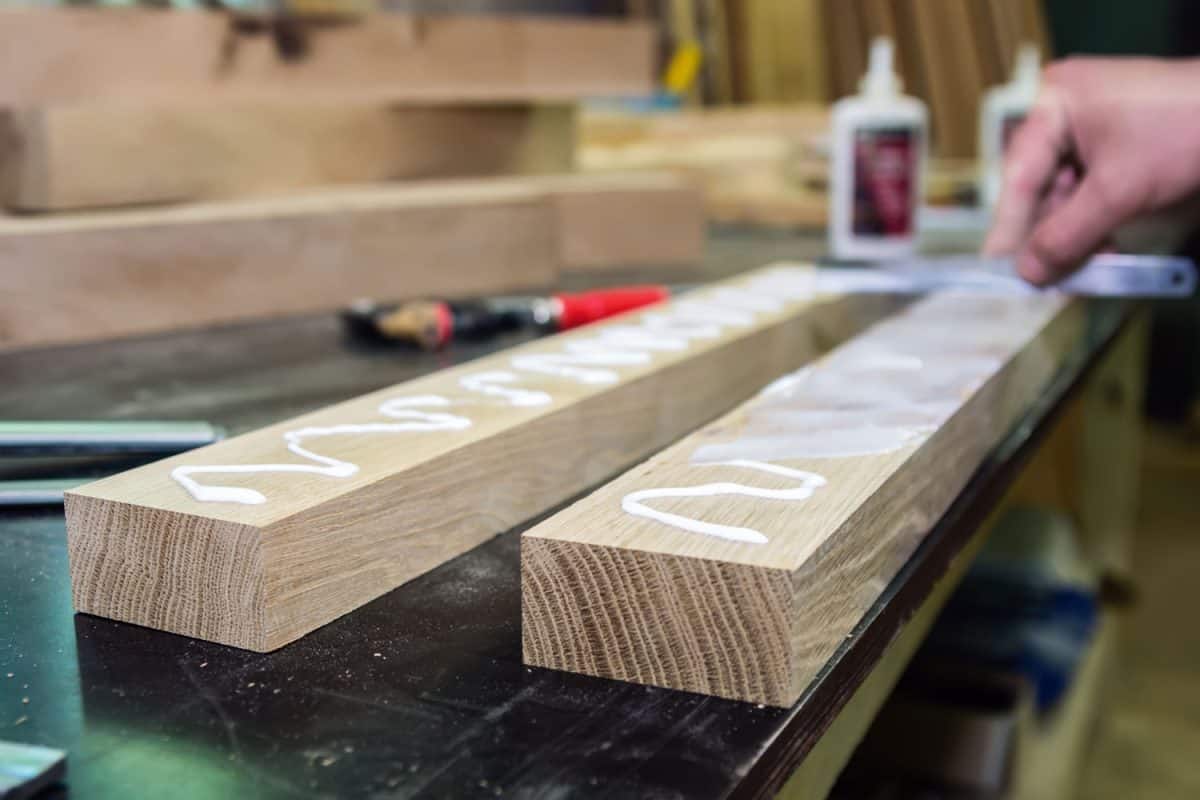
You can use wood glue to fill in gaps and holes. It takes equal parts wood glue to sawdust for wood filler. Use the same color sawdust for your filler as whatever project you are working on. Allow the wood glue to have time to cure fully before working on your project.
Before you go, check out the following links related to working with wood:
How To Get A Smooth Paint Finish On Wood [A Complete Guide]




![Read more about the article Can You Add Glitter To Grout? [And How To]](https://craftsbliss.com/wp-content/uploads/2021/11/Laying-tiles-in-the-backsplash-for-the-bathroom-1-500x333.jpg)

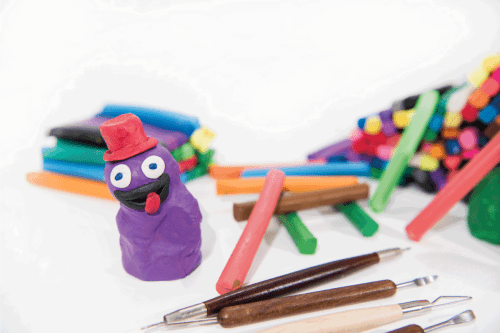
![Read more about the article Is Tacky Glue Washable? [How To Remove It From Clothes]](https://craftsbliss.com/wp-content/uploads/2023/02/Leaking-glue-closeup-on-a-white-background.-500x333.jpg)

